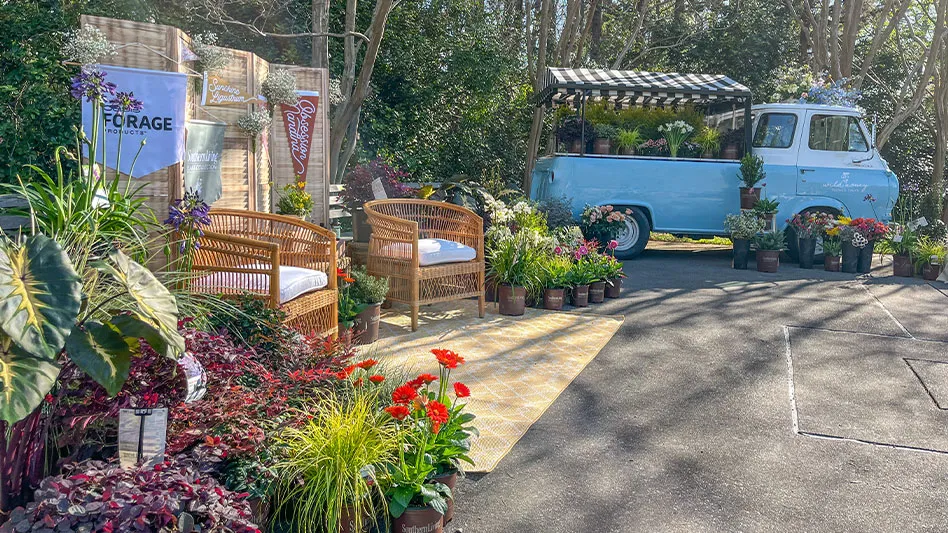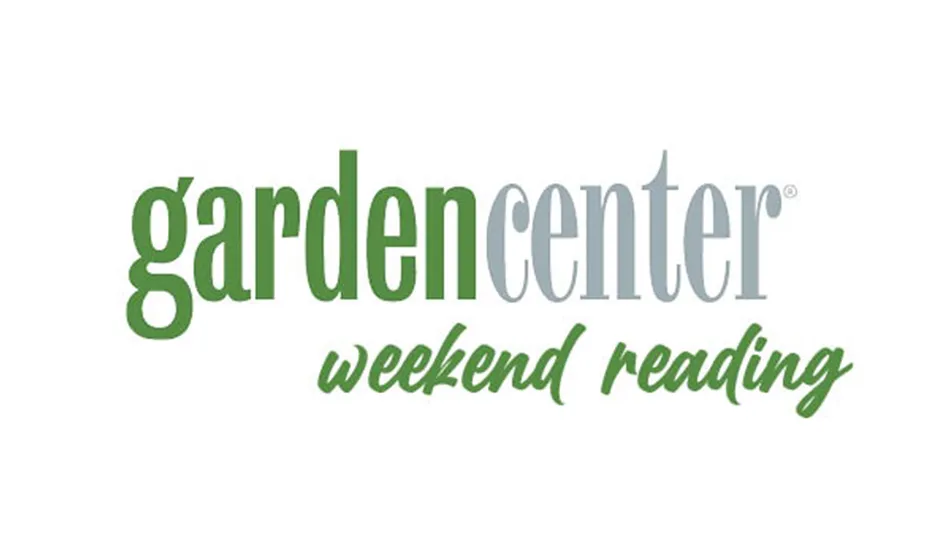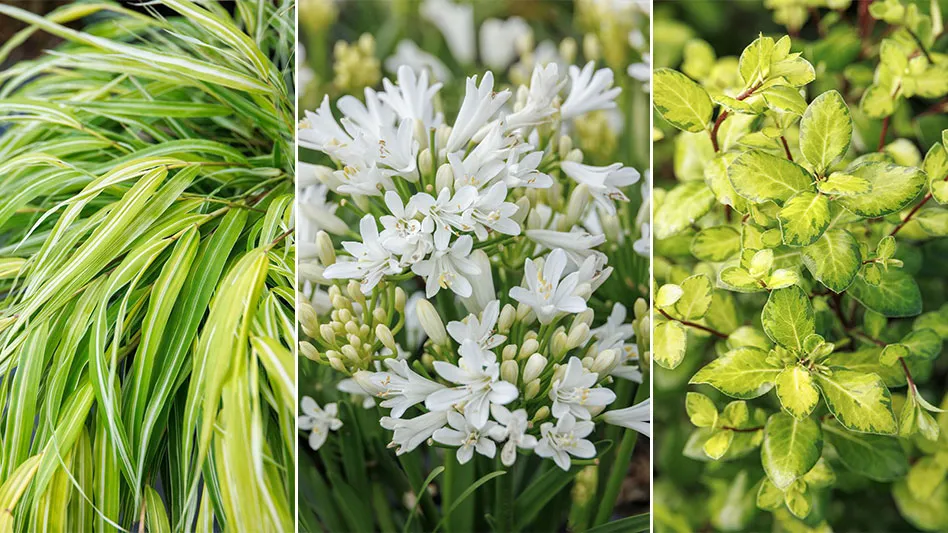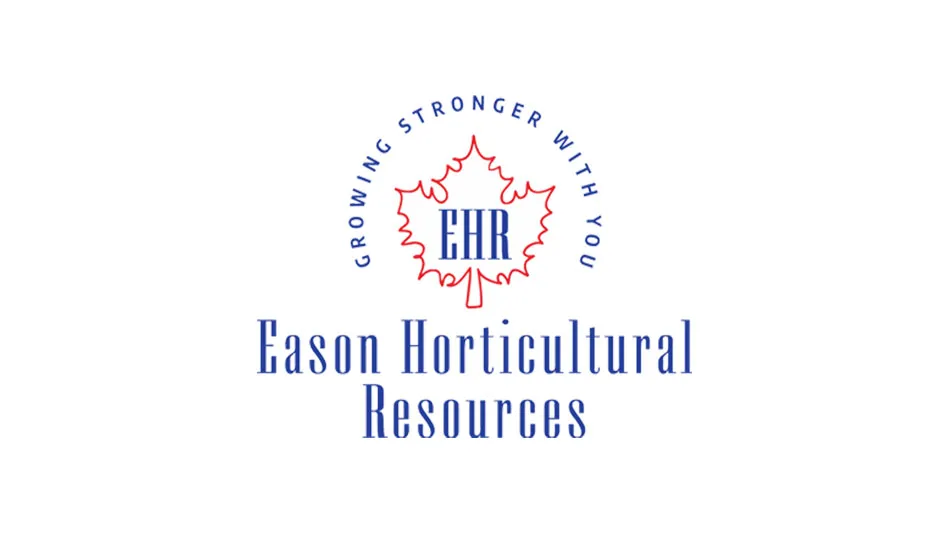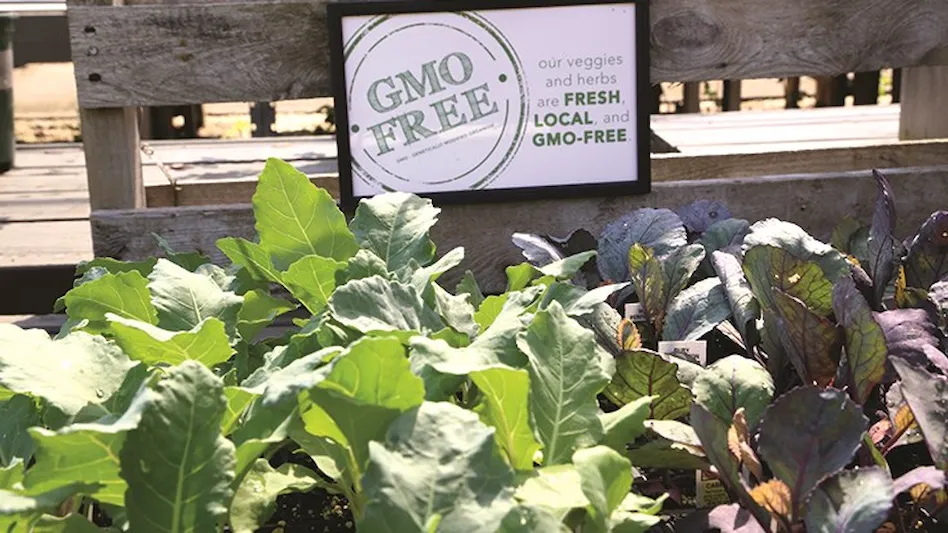
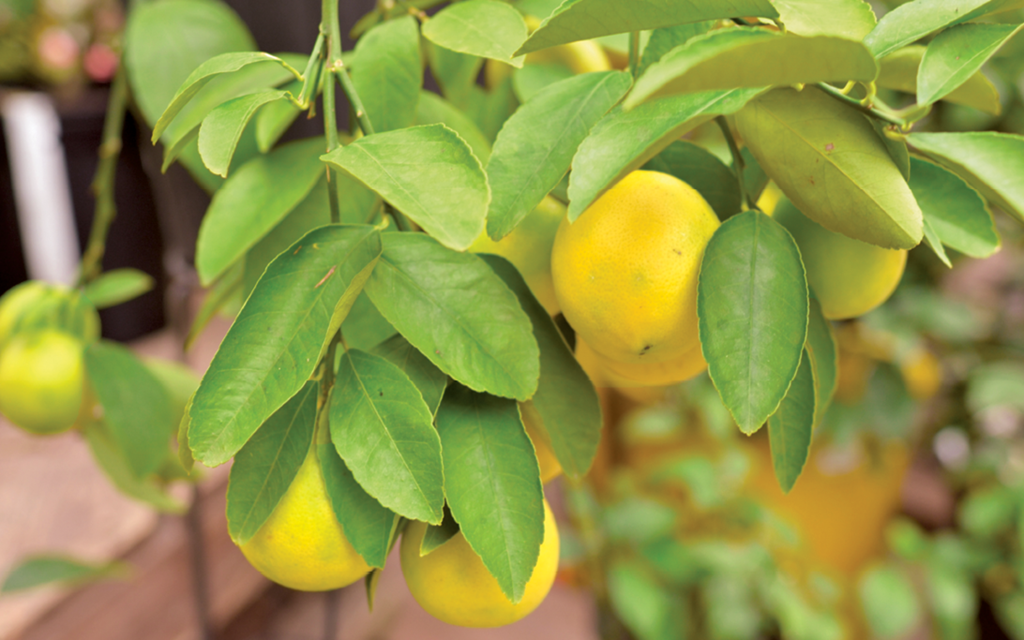
Editor’s Note: This is the third story in a series about edibles. Read the prior two stories at bit.ly/2jvBX9W and bit.ly/2kZYSiT
It’s not news that edibles are hot. Wherever you turn, people are talking about this category. Merchandising and marketing are keys to turning talk into sales and building long-term relationships with budding consumers. These tips and insights can help you inject new life into this category, and keep your IGC’s edible excitement growing.
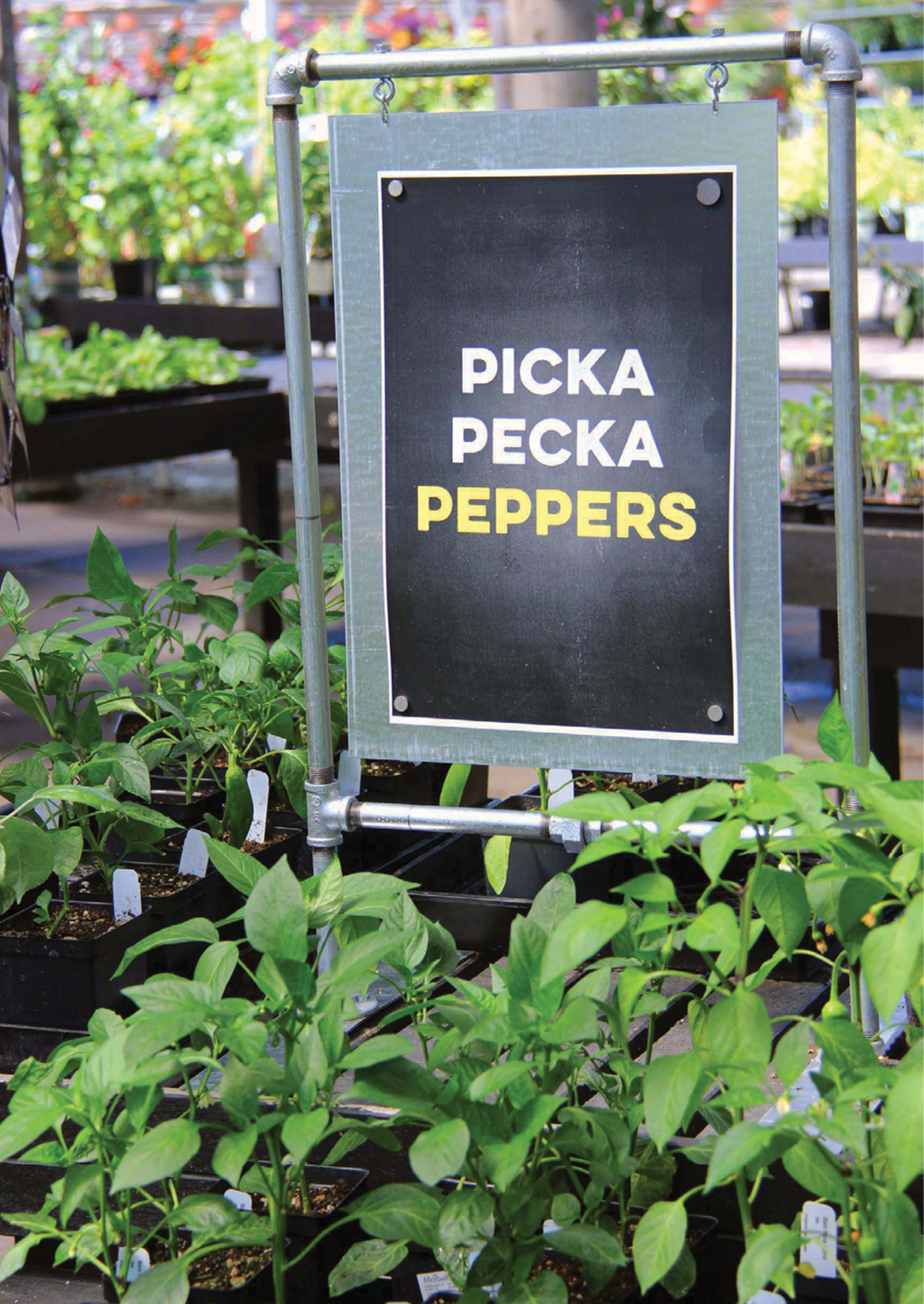
1. Get inspired!
Don’t leave enthusiasm to chance. Get serious about new ideas and fresh inspiration. Scrutinize venues you frequent and single out what excites you. Then look for ways to recreate it in your edibles space.
When Molbak's Garden + Home supercharged its edibles merchandising in 2015, the Woodinville, Wash., independent garden center drew inspiration from a local icon — Seattle’s Pike Place Market, one of the most famous, oldest markets in the country. Visual design manager Debi Colton and her crew created special signage from galvanized pipe and brought in bright red market lights and other props to frame the story. However, Colton and her team set their sights higher than reproducing this famous farmers market’s look. “We wanted to recreate that energy and that feeling you have when you go to Pike Place Market,” Colton explains.
Molbak’s edibles customers responded to the inspired makeover. “It was huge,” says Kate Domoszlay, one of the IGC’s lead edible buyers. “Sales results were up 20 percent over 2014. 2016 was an additional 17 percent above 2015.” The IGC plans for a 14 percent increase for this year.
2. Expand your vision.
Traditional edibles may be mainstays, but today’s consumers relish adventure and experimentation in their gardens and kitchens. Feed their desires and raise your profile with uncommon, nontraditional edible offerings. At Red Barn Garden Center in Austin, Texas, owner Emelie McDaniel and her team work to exceed consumer expectations with their edible selections. A prominent centralized edibles area includes traditional stalwarts, but Red Barn stretches the boundaries with unexpected, nontraditional fruits such as loquats, figs, persimmon and olives alongside peaches, pears, tomatoes and herbs. (For more unique edibles inspiration, read Jolene’s article in the January 2017 issue of Garden Center magazine, “Expanding your edibles,” bit.ly/2jvBX9W.)
Each department in the IGC — annuals, perennials, trees and shrubs, and hard goods — also has an edibles section with special signage to highlight items of interest to edibles consumers. Plants such as native peppers, perennial artichokes and fruit trees are cross-merchandised in the main edibles area and in their traditional department to capitalize on sales.
3. Create an experience.
When edibles shoppers visit your IGC, that trek is part of a larger story happening in their lives. Tap into that lifestyle narrative of conscious consumption and edible adventure with a shopping experience that feeds that energy.
Molbak’s edibles went from alphabetical tables and no real home of their own to prime real estate in the front of the store. The first year, a vintage Massey-Harris tractor intensified the pull. “It was so compelling and so fun, you couldn’t help but be drawn into it,” Domoszlay recalls.
“The experience is what people love,” Colton says. “There’s a whole different energy about it. What our veggie area has demonstrated is that a boutiquey feel within a big floorplan is the way to go. All the help and the adjacencies to other products are important. It just feels very inclusive.”
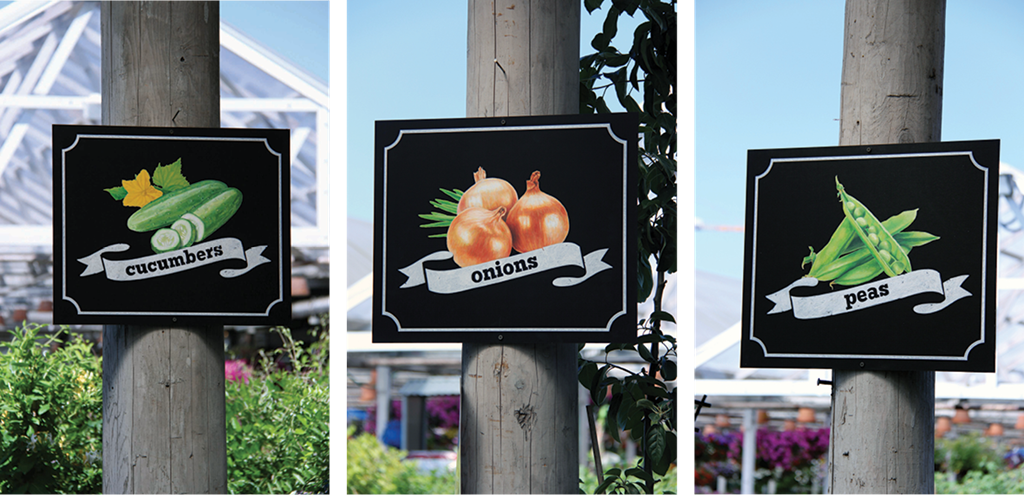
4. Anticipate their concerns.
Organic, local, non-GMO — show edibles customers you understand the motivation behind the movements by answering questions before they ask. “It’s about healthy food you can trust,” McDaniel says.
At Red Barn, special tag colors identify organic products. Assistant bedding manager Adam Rainer fashions signage with info customers want. “All our customers are looking for non-GMO, local, fresh and organic,” Rainer says. When possible, signs list local growers by name — a practice common in farm-to-table restaurants.
Virginia-based McDonald Garden Center invites customers to “Bring the farm to your own backyard.” Prominent signage declares veggies and herbs are fresh, local and GMO-free. Vice president of purchasing Bill Kidd notes, “Local is important. Part of this is knowing what happened to that edible you’re producing.” Non-GMO has increasingly grown in importance for the IGC too.
In response to consumer demand, nearly 90 percent of Molbak’s non-woody edibles will be organic this year. “We’re certainly going to be spreading the word that we’re going to have a vast organic selection of vegetables as well as herbs,” Domoszlay says.
5. Offer complete solutions.
Make it easy for edibles customers to find everything they need — together in one place — and get results. Understand many are focused more on the prize than on gardening. Take them from start to finish.
Cross-merchandising is essential to Molbak’s edibles success. “We take anything that would help to make our customer successful. Adjacencies are a big deal for us here,” Colton explains. Their “edibles boutique” includes everything from gloves, watering wands and plant stakes to soil, fertilizers and amendments.
Kidd believes edibles customers want simple solutions that fit into what they’re already doing. “Everybody wants simple, and depending on the level of skill you have, you only want to do so much,” he says.
McDaniel anticipates moving away from seminars to workshops, where attendees take home finished projects, such as mixed edible containers, and the products they’ll need at home. Complete kits and install-to-harvest services support success in reaching the end goals of edibles.
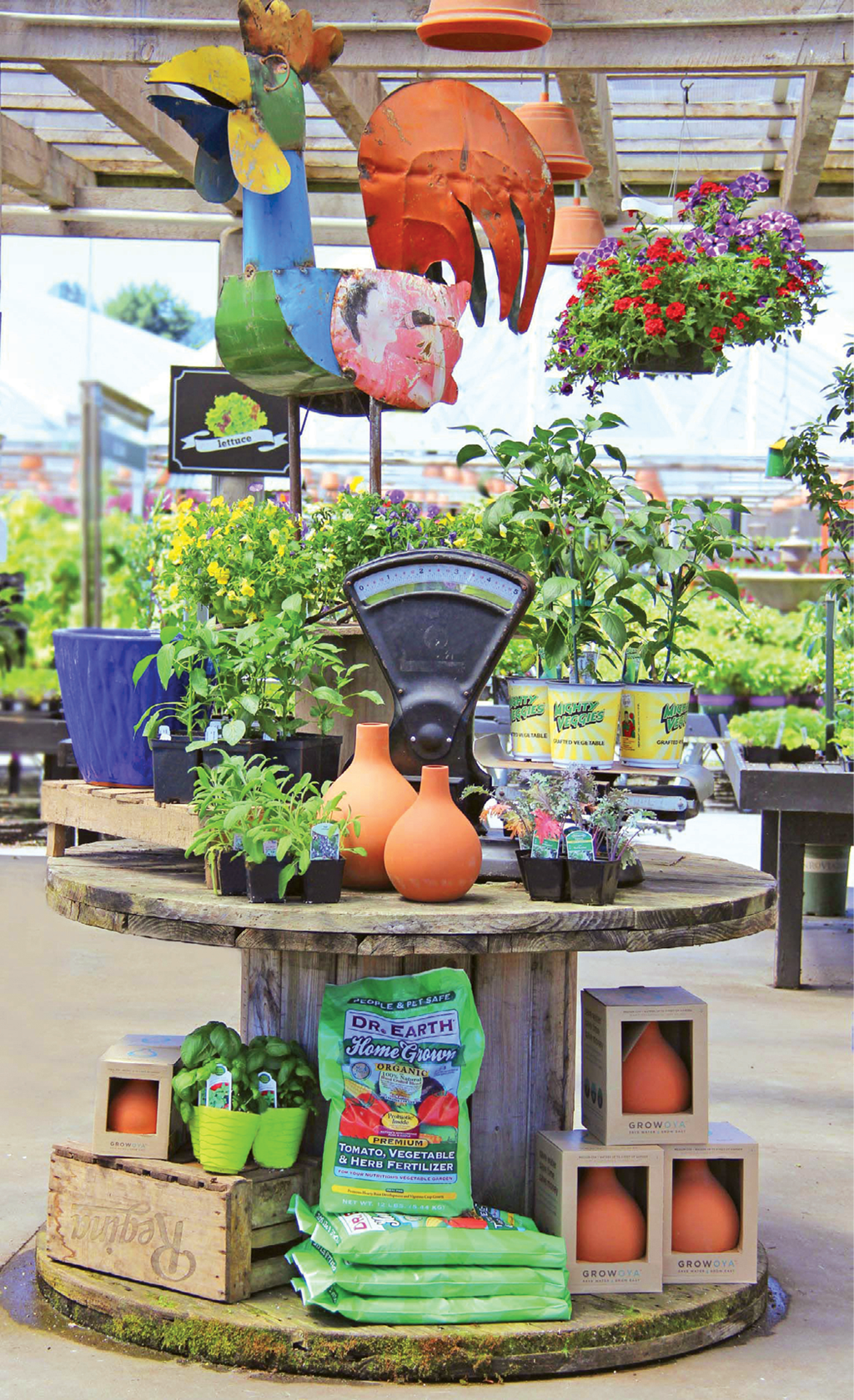
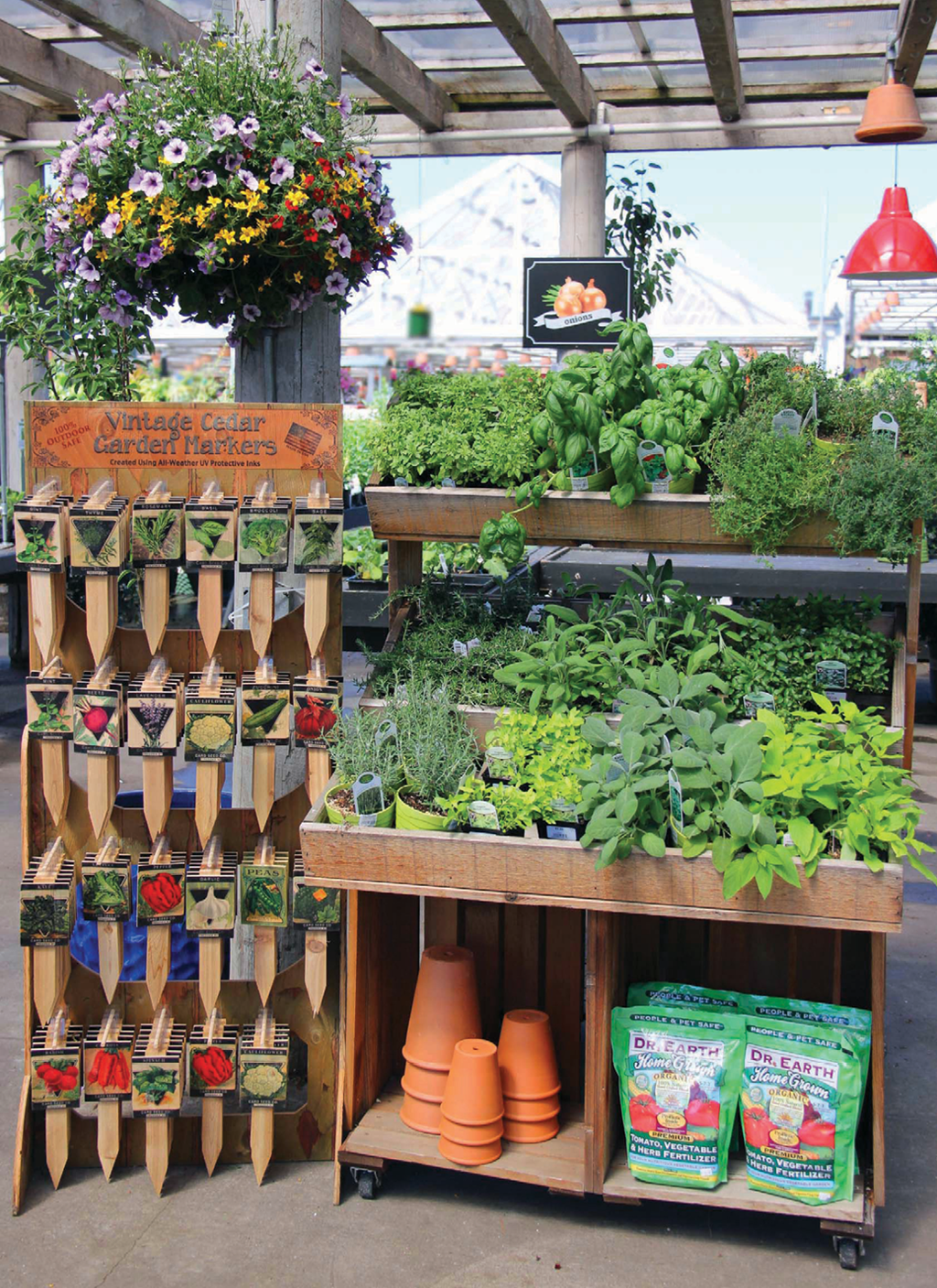
6. Celebrate connections and causes.
Cultivate your store as an edibles hub through community involvement on different levels. Connect to your local “foodie culture” of chefs, restaurants and growers, and embrace edibles-related opportunities that touch lives in more profound ways.
Planned foodie events at Red Barn include “biggest tomato” competitions and “compost art” contests where participants use food peelings to create artworks that ultimately end up in the compost pile. Veggie swaps allow gardeners to share excess produce with others. The exchange takes place at the IGC, so people bring leave their excess tomatoes, for example, and pick up someone else’s excess peppers. The IGC also supports a local elementary school garden and a church garden that donates its entire harvest to local food banks.
Molbak’s Share Your Harvest program benefits a local organization that operates a food bank and other services for people in need. “Anyone who has extra veggies or fruit from their garden can bring them in and we will deliver them to [the organization],” Domoszlay says. “We actually delivered over two tons of vegetables and fruits last year.”
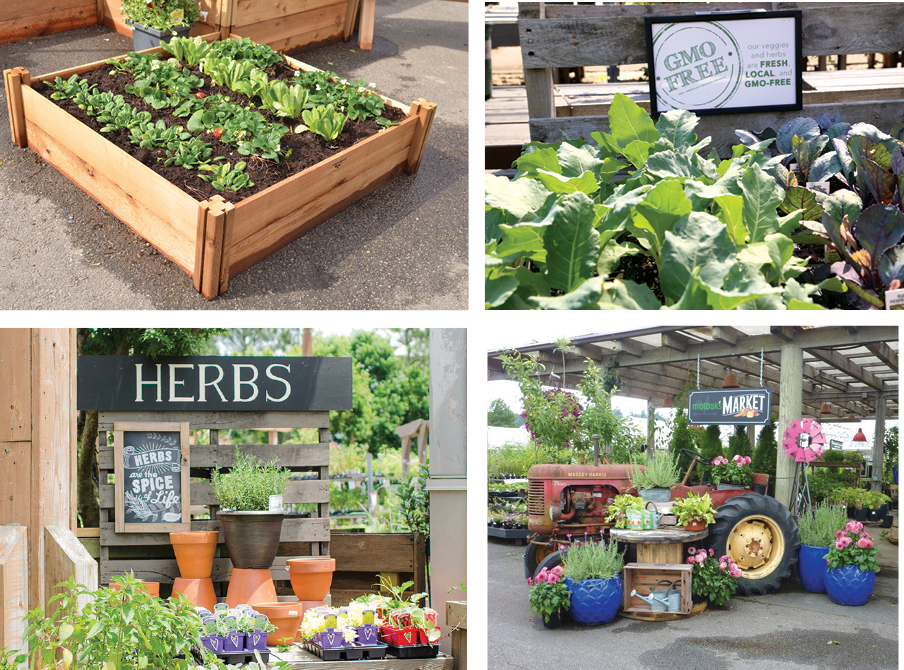
7. Understand their season and reason.
Recognize that today’s edibles consumers run on different clocks. With healthy food at the forefront, traditional gardening seasons no longer apply. Whether it’s outdoor tomatoes or indoor growing solutions, expectations run 24/7/365.
“Newer consumers don’t have the same rules in place about gardening. They just want it to work for them,” Kidd says. “It’s important to find ways to keep edibles or some part of edibles out in front of people throughout the year, so people think of you and know they can come to you for edibles.”
Domoszlay notes, “I think it’s important for us, especially with the new consumer, to reach them through the experience of growing their own food and feeding their family.” She stresses being there to help them succeed and debunking the myth that it’s difficult. “You have to set it up with the finished product in mind, whether that’s big, beautiful, bodacious tomatoes at the end of the season or lettuce outside their door,” she says.
With new demographics and healthy food fueling growth in this category, McDaniel stresses the moment at hand. “Millennials haven’t jumped on gardening much, except edibles, and they have little gardening experience,” she explains. “We have a big opportunity here, provided we pay attention to what’s driving this movement, and help customers succeed. Fads come and go. This can be a permanent addition to the industry.”
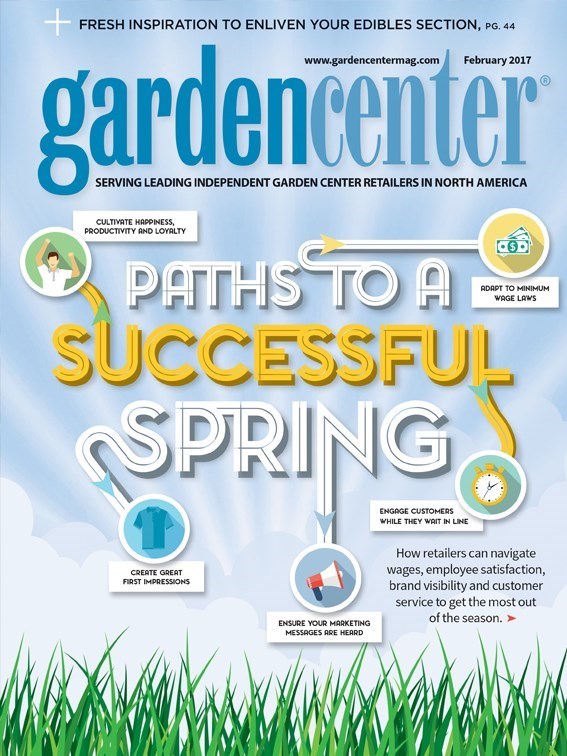
Explore the February 2017 Issue
Check out more from this issue and find you next story to read.
Latest from Garden Center
- Registration opens for Darwin Perennials Day
- Weekend Reading 5/3/24
- Weekend Reading 4/26/24
- Smith Gardens assumes operations of Skagit Horticulture
- Beneficial insect sachets now included with Monrovia mandevilla
- Pennsylvania Horticultural Society shares top gardening trends from 2024 Philadelphia Flower Show
- Garden Media Group announces the fifth annual Women in Horticulture Week
- Eason Horticultural Resources announces the addition of Phil Perry
